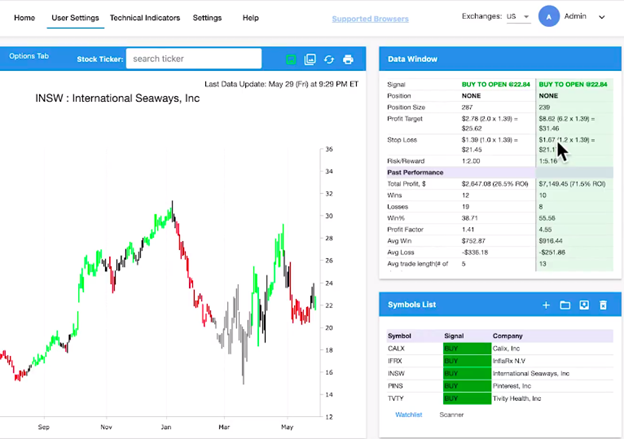Understanding Stocks
Stock trading involves buying and selling shares of companies listed on stock exchanges. When you purchase a share, you become a part-owner of that company. Your potential returns come from two primary sources: appreciation (increase in the share price) and dividends (profits shared with shareholders).

Image: www.moneyshow.com
Benefits and Risks
Benefits:
- Potential for high returns
- Diversification of portfolio
- Long-term wealth creation
Risks:
- Volatility in stock prices
- Loss of capital
- Market fluctuations
Key Concepts
Understanding these key concepts is crucial for stock trading:
- Securities: A financial instrument representing ownership in a company.
- Stock Exchange: A platform where stocks are bought and sold.
- Equity: The value of a company represented by its stock.
- Dividend: A portion of a الشركة’s profits paid out to shareholders.
- Capital Gains: Profit from selling a stock at a higher price than the purchase price.
Getting Started with Stock Trading
- Open a brokerage account: A platform through which you can buy and sell stocks.
- Research: Analyze companies and gather information to make informed investment decisions.
- Set investment goals: Determine your return expectations and risk tolerance.
- Diversify: Invest in a mix of industries and companies to reduce risk.

Image: www.pinterest.com
Options Trading: A Sophisticated Investment Strategy
Introducing Options
Options contracts give the holder the right, but not the obligation, to buy (call option) or sell (put option) an underlying asset (typically a stock) at a specific price (strike price) on or before a specific date (expiration date).
Benefits and Risks
Benefits:
- Flexible strategies for various market conditions
- Potential for high leverage
- Speculation and hedging opportunities
Risks:
- Loss of investment
- Complex trading strategies
- Time decay
Key Concepts
These concepts are fundamental to understanding options trading:
- Call Option: Gives the holder the right to buy an asset.
- Put Option: Gives the holder the right to sell an asset.
- Premium: The price paid for an options contract.
- Strike Price: The price at which the asset can be bought/sold.
- Expiration Date: The date when the option contract expires.
Using Options Strategies
Options can be used for various trading strategies, such as:
- Covered Call: Sell a call option against underlying shares owned.
- Cash-Covered Put: Sell a put option with enough cash to purchase the asset if exercised.
- Iron Condor: A combination of two call options and two put options.
Comparing Stock Trading vs. Options Trading
| Feature | Stock Trading | Options Trading |
|---|---|---|
| Ownership | Part-owner of a company | Right to buy/sell an underlying asset |
| Risk | Moderate | High |
| Volatility | Moderate | High |
| Potential returns | High | Unlimited potential, also potential loss |
| Complexity | Simpler | Complex |
| Time commitment | Less time-consuming | More time-consuming |
| Fees | Lower brokerage fees | Higher option premiums |
Stock Trading Vs Options Trading

Image: www.stockpathshala.com
Conclusion
Both stock trading and options trading offer distinct opportunities and risks for investors. Stock trading provides a straightforward approach with moderate risk and return potential. Options trading, on the other hand, offers sophisticated strategies but comes with a higher level of risk and complexity. The best choice depends on an investor’s individual goals, risk tolerance, and knowledge.






